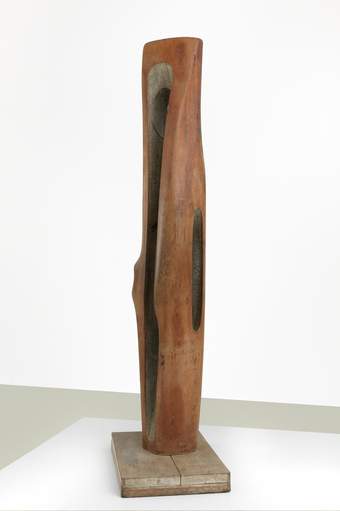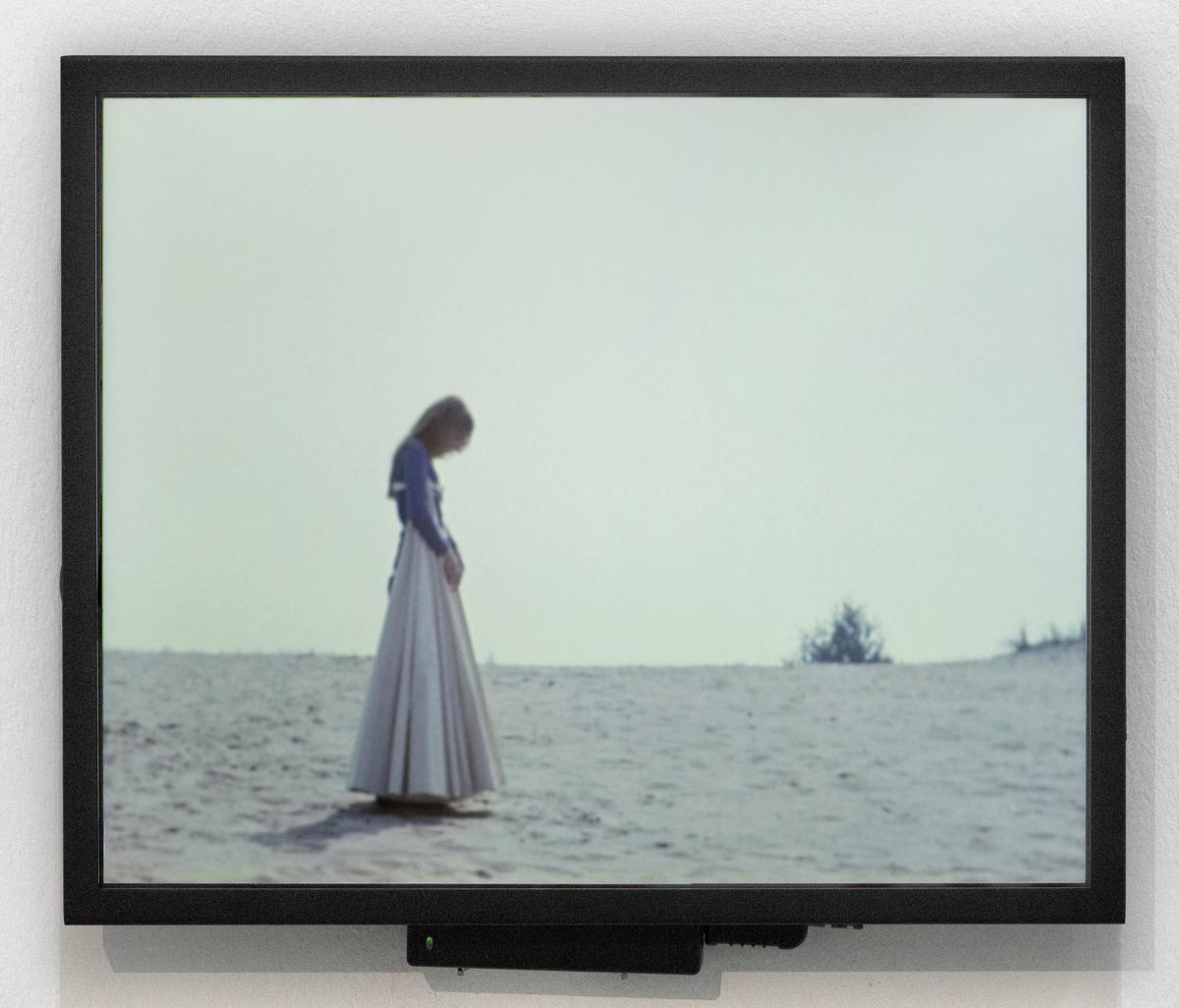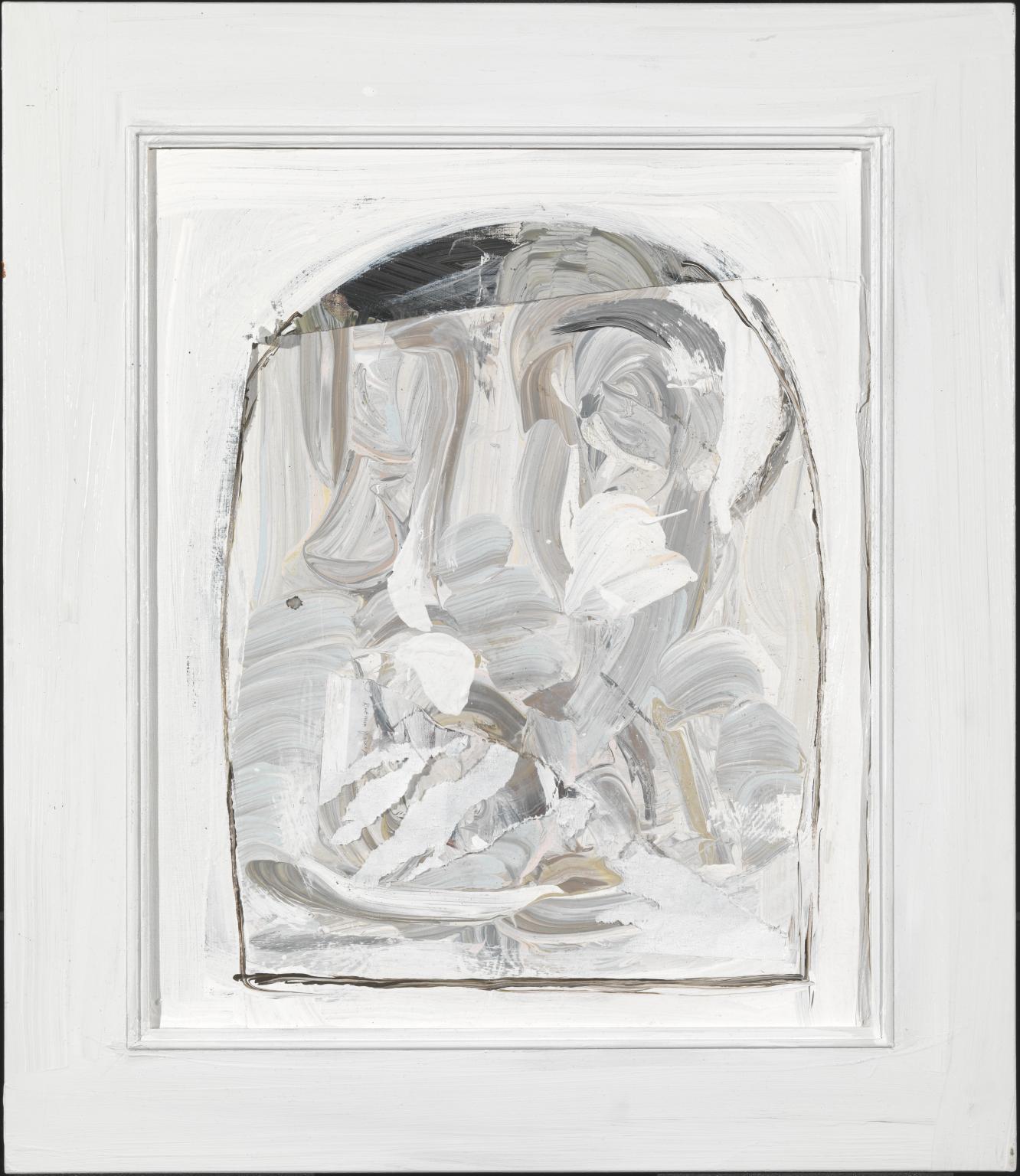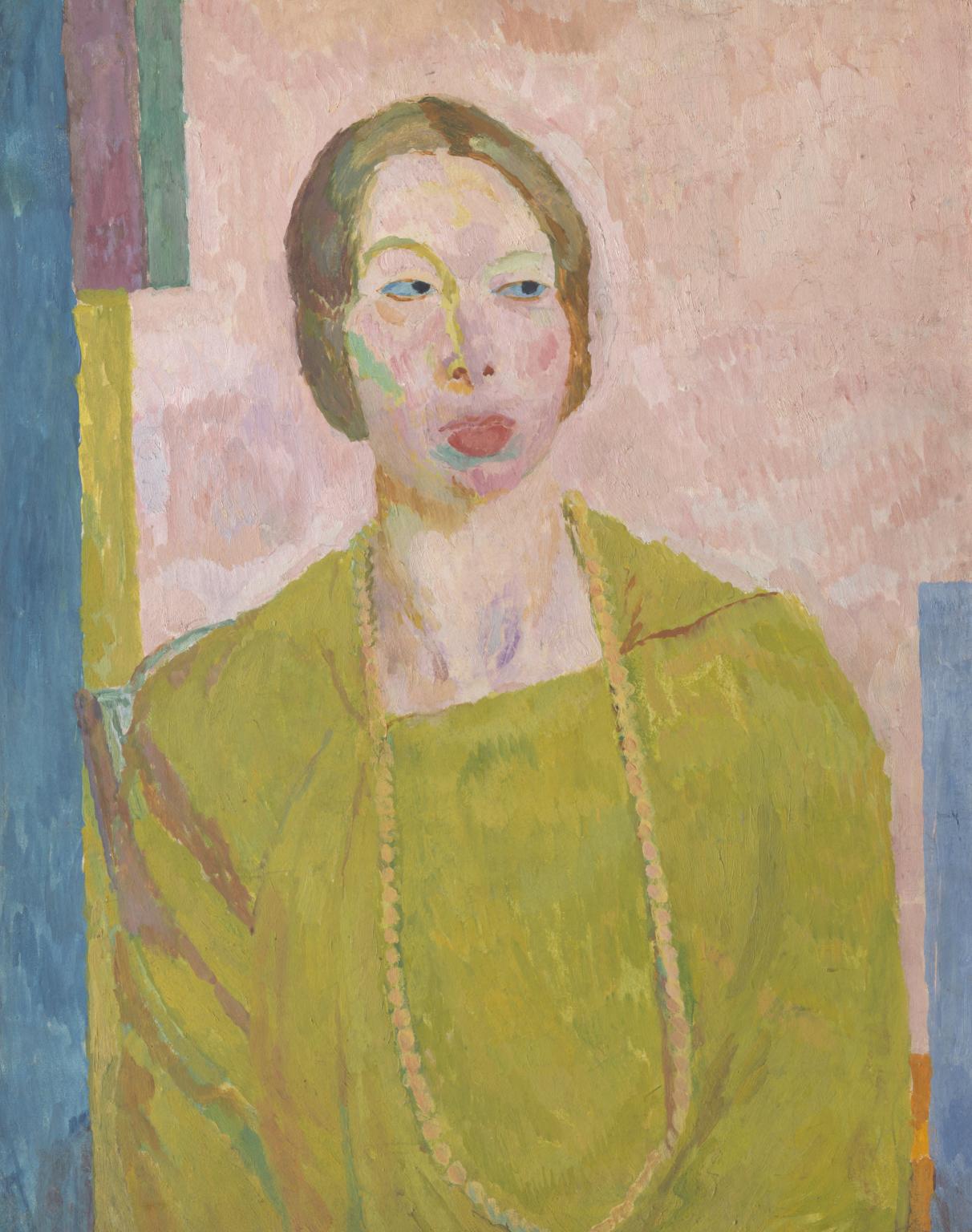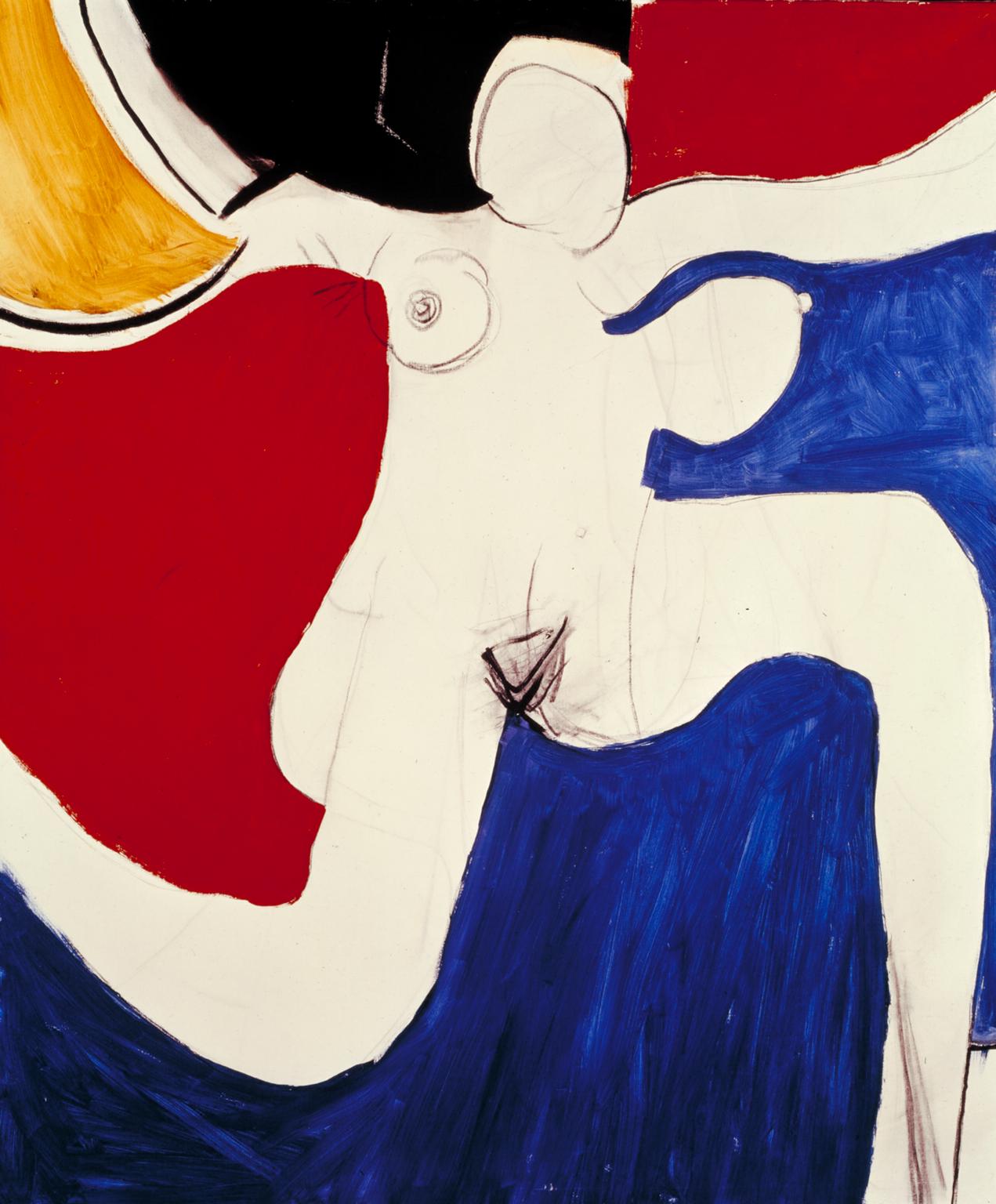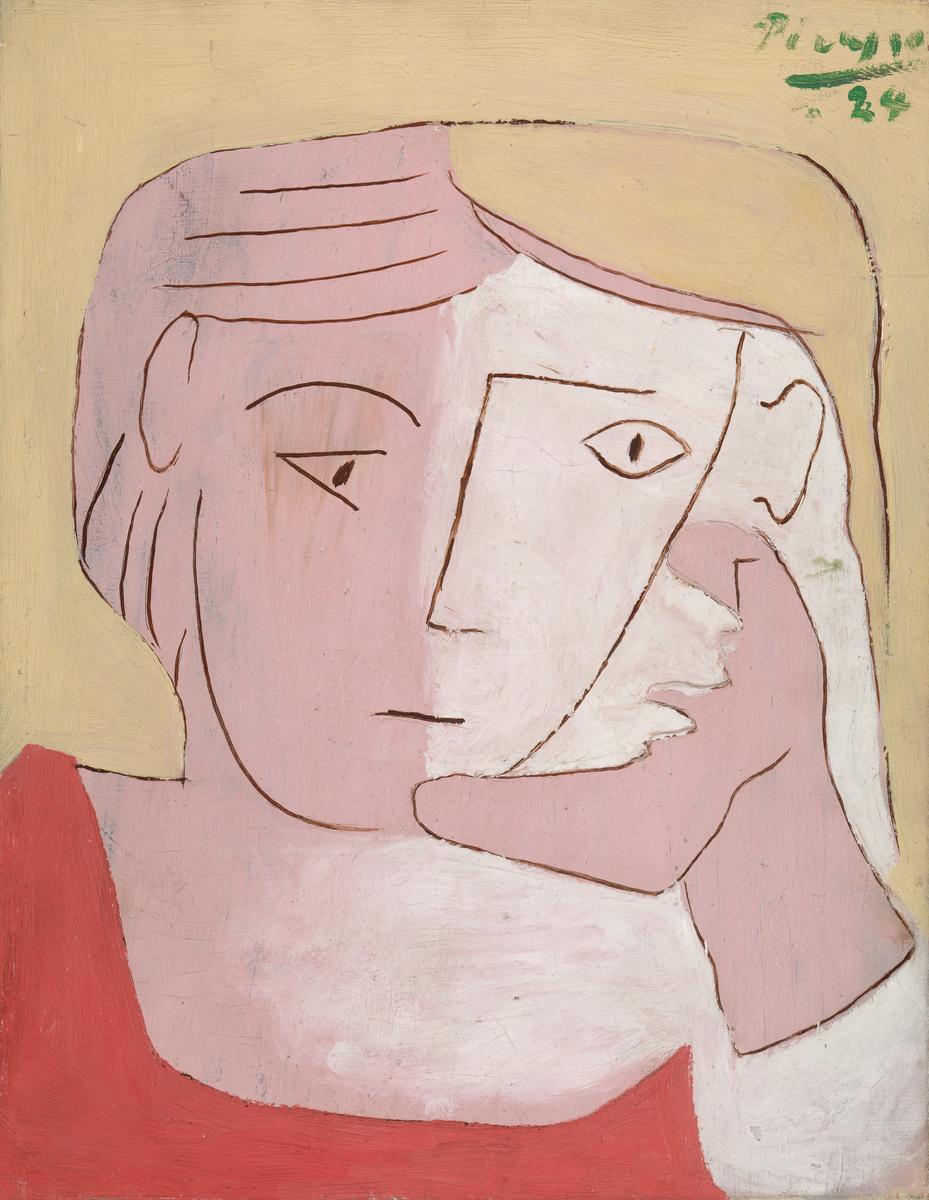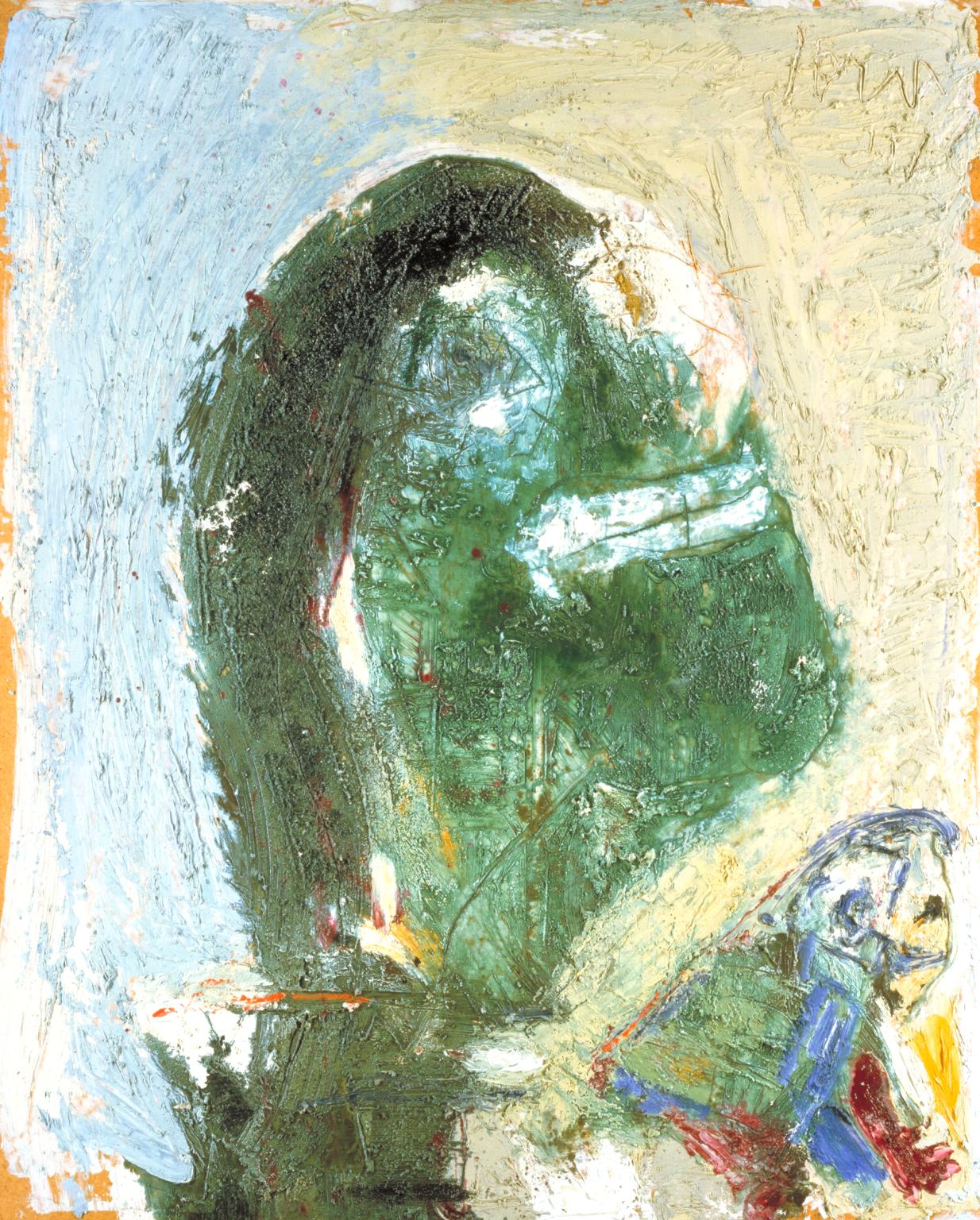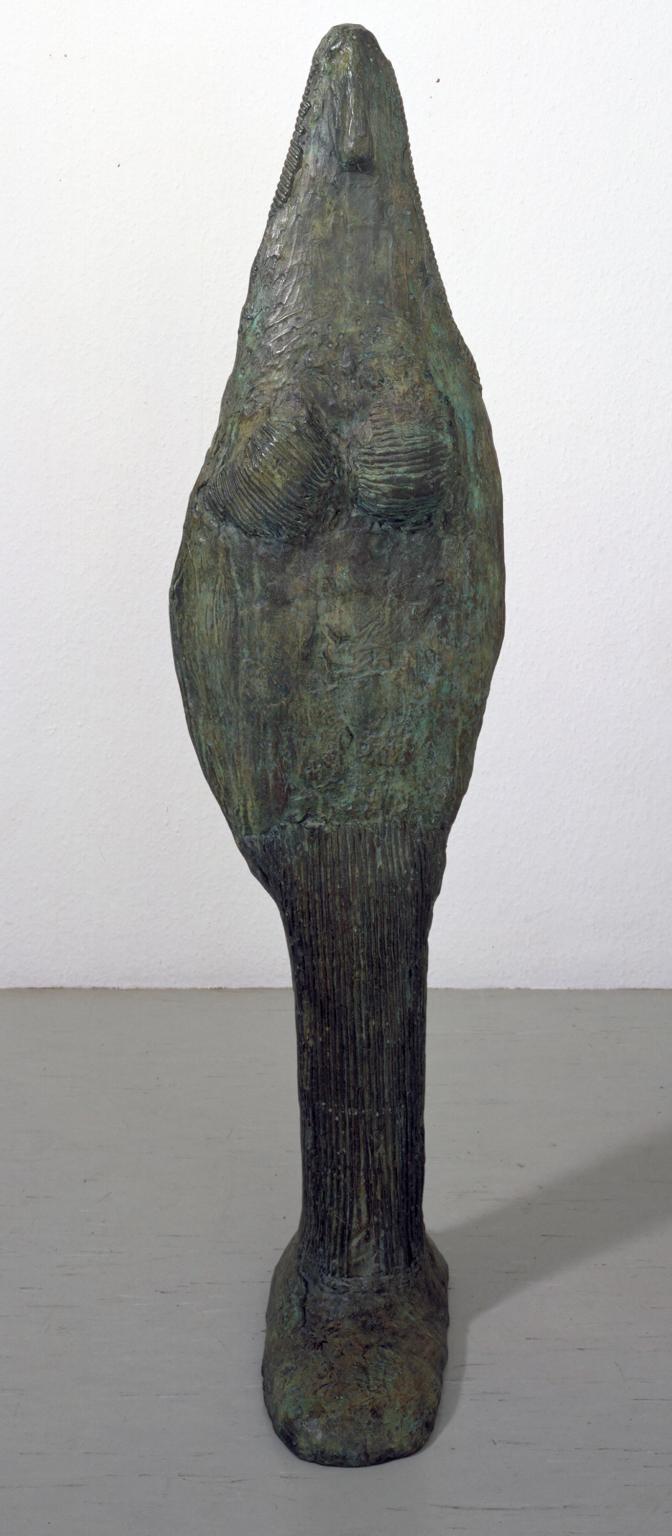6 rooms in Modern Conversations
Spanning a century of painting and sculpture, the portraits in this room suggest real and fictional bodies
Like the totemic sculpture by Barbara Hepworth, many of the works in this room challenge the ‘desirable’ representations of the figure that have populated Western art history.
In the 20th century, portraits shifted away from only depicting the figure towards capturing a more intimate or inner being. Artists began to develop expressive mark-making, emotive imagery and abstract forms to evoke sensual or psychological experiences. New technological developments in film and photography were adopted by artists and used to widen representation of histories and identities. The bodies in these works embody conflicting circumstances of modern living. They reveal portraiture’s role in reflecting and sustaining inequalities and as a platform for critical commentary or for inspiring change.
Spotlight on Barbara Hepworth (1903-1975)
I rarely draw what I see – I draw what I feel in my body
Hepworth was one of few women artists to gain international recognition in an era when the practice of making sculpture was dominated by men. Her abstract works often explore ideas of a universal human experience, such as the figure in the landscape. Hepworth was profoundly influenced by the natural environment. She moved to Cornwall at the outbreak of War in 1939 and chose to live and work in St Ives for the rest of her life.
Barbara Hepworth remains one of Britain’s most celebrated modern sculptors. Her monumental works endure in prominent public spaces, including St Ives, London and New York. See more of her work at the Barbara Hepworth Museum and Sculpture Garden in St Ives.
Tate St Ives
Level 3
Ongoing
Entry to both the display and the gallery is free for Tate Members, Locals' Pass holders and under 18s.
Become a memberArt in this room
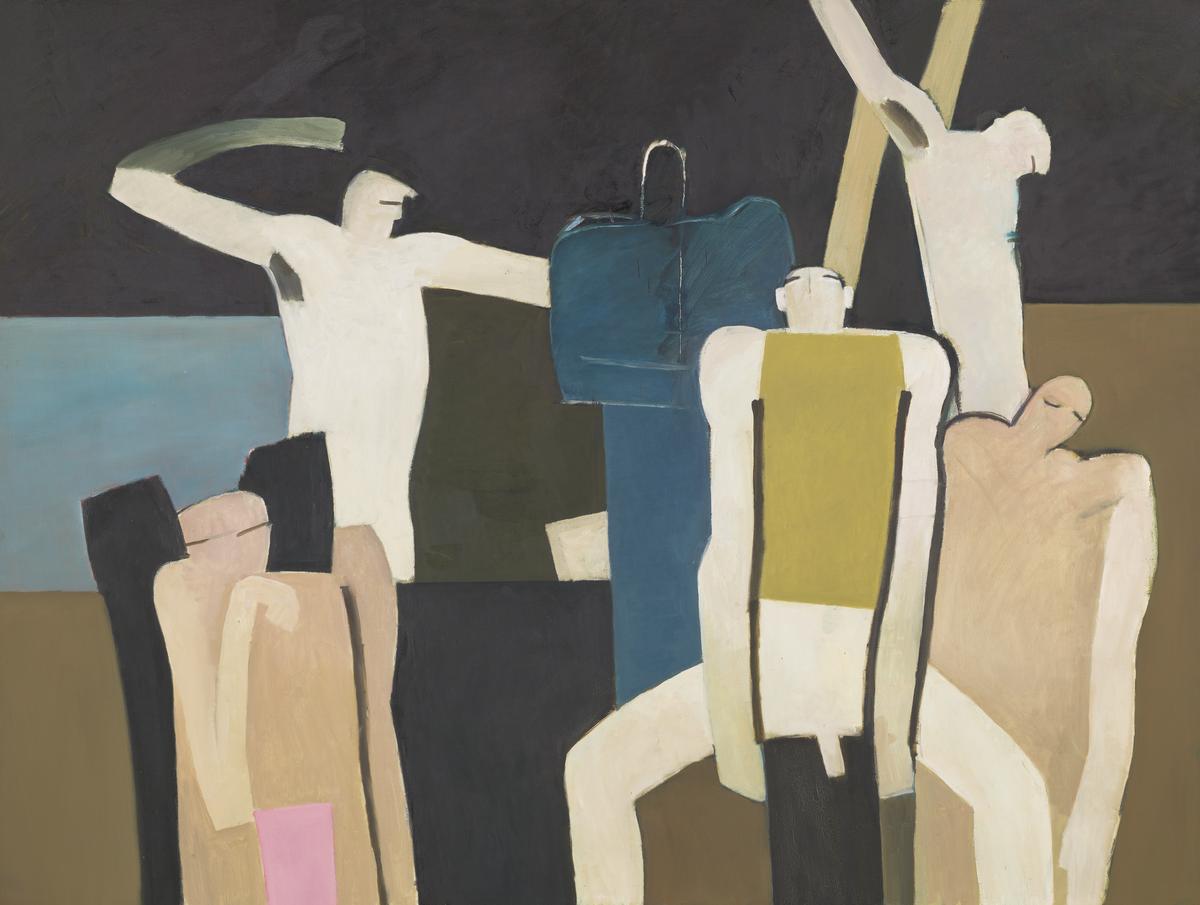
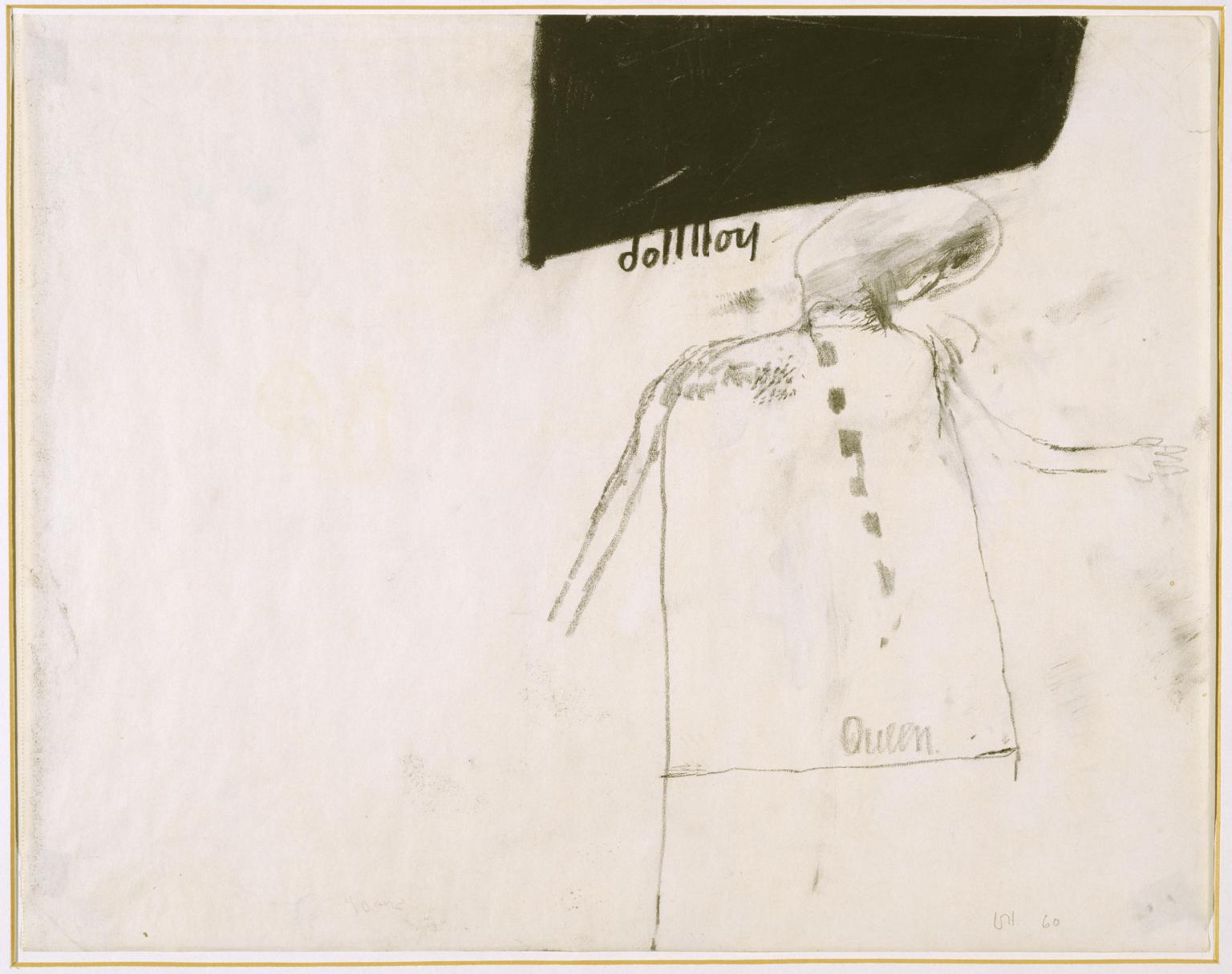

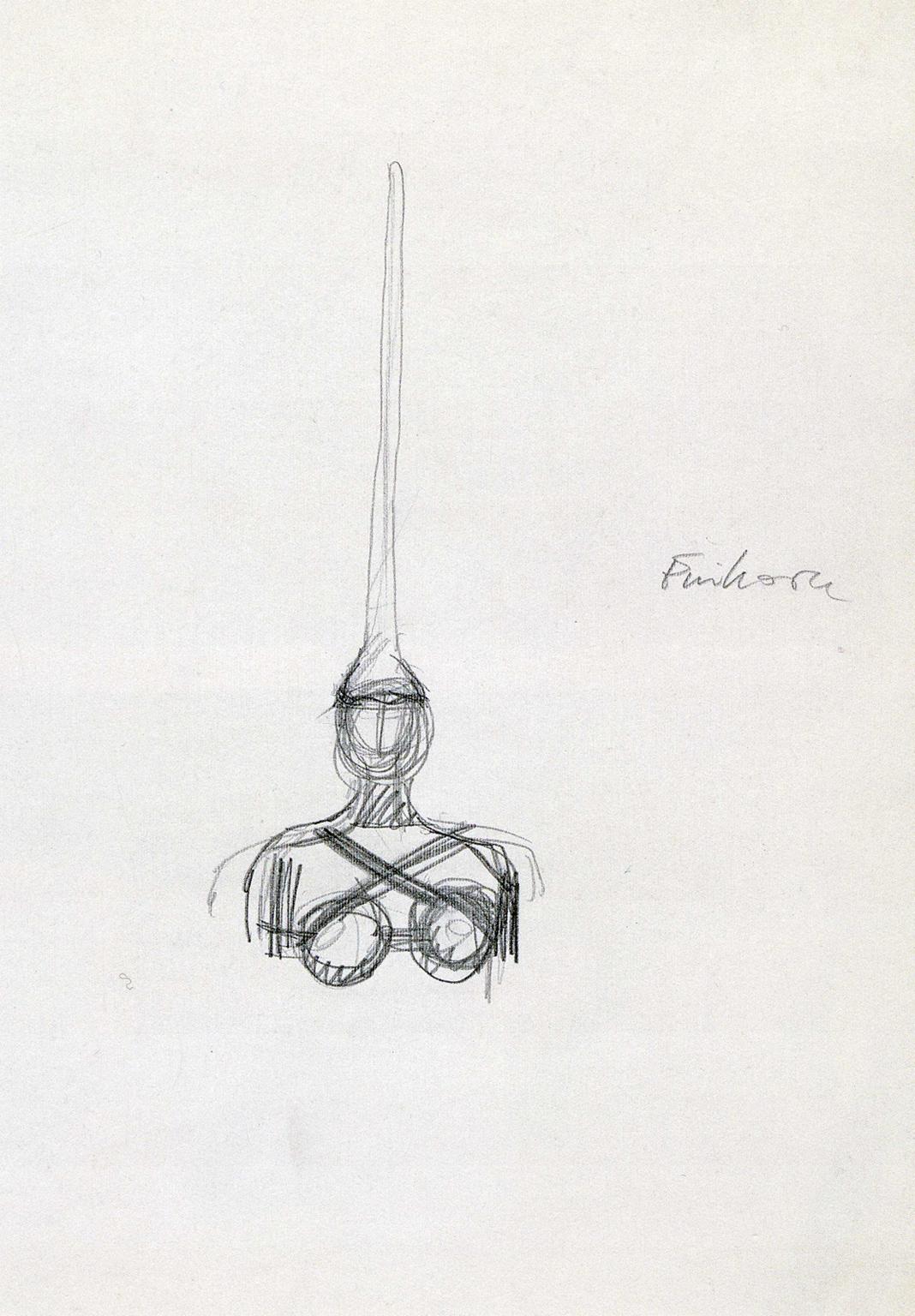
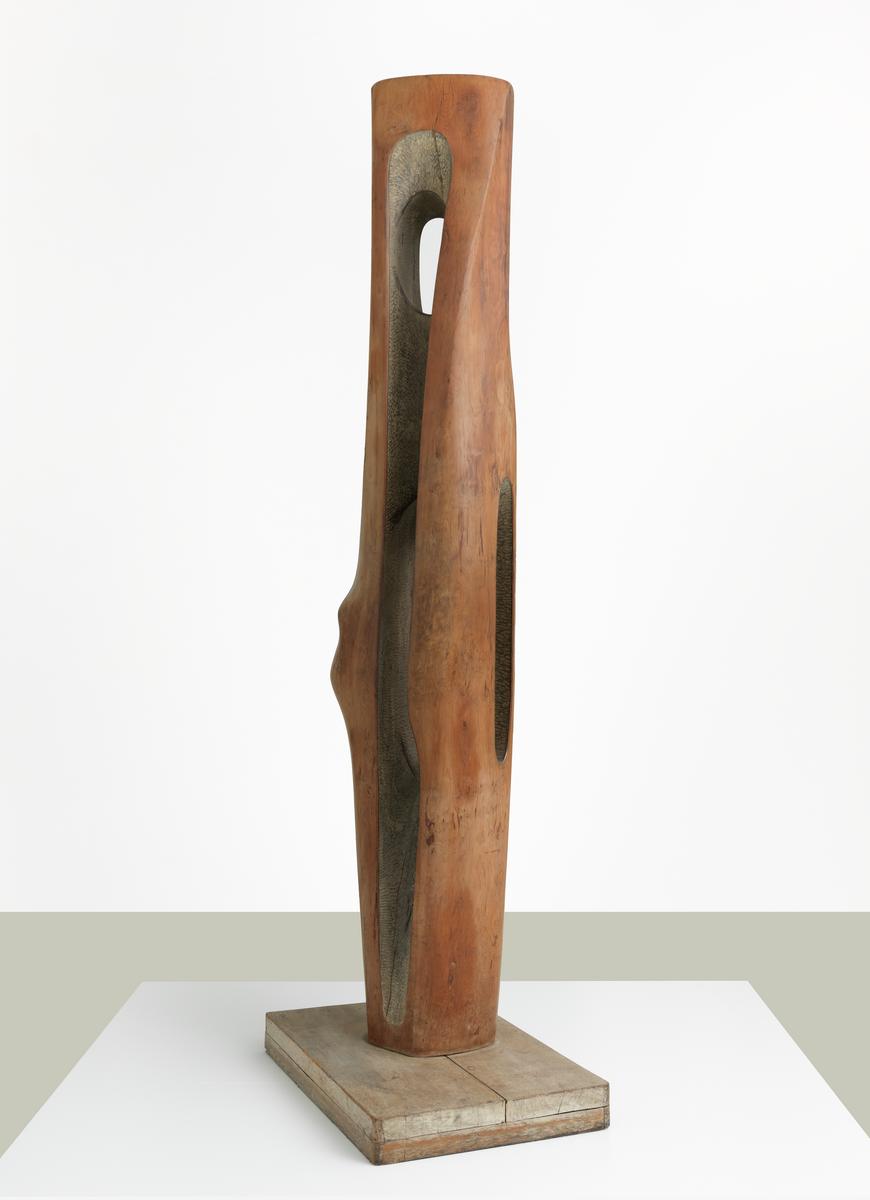
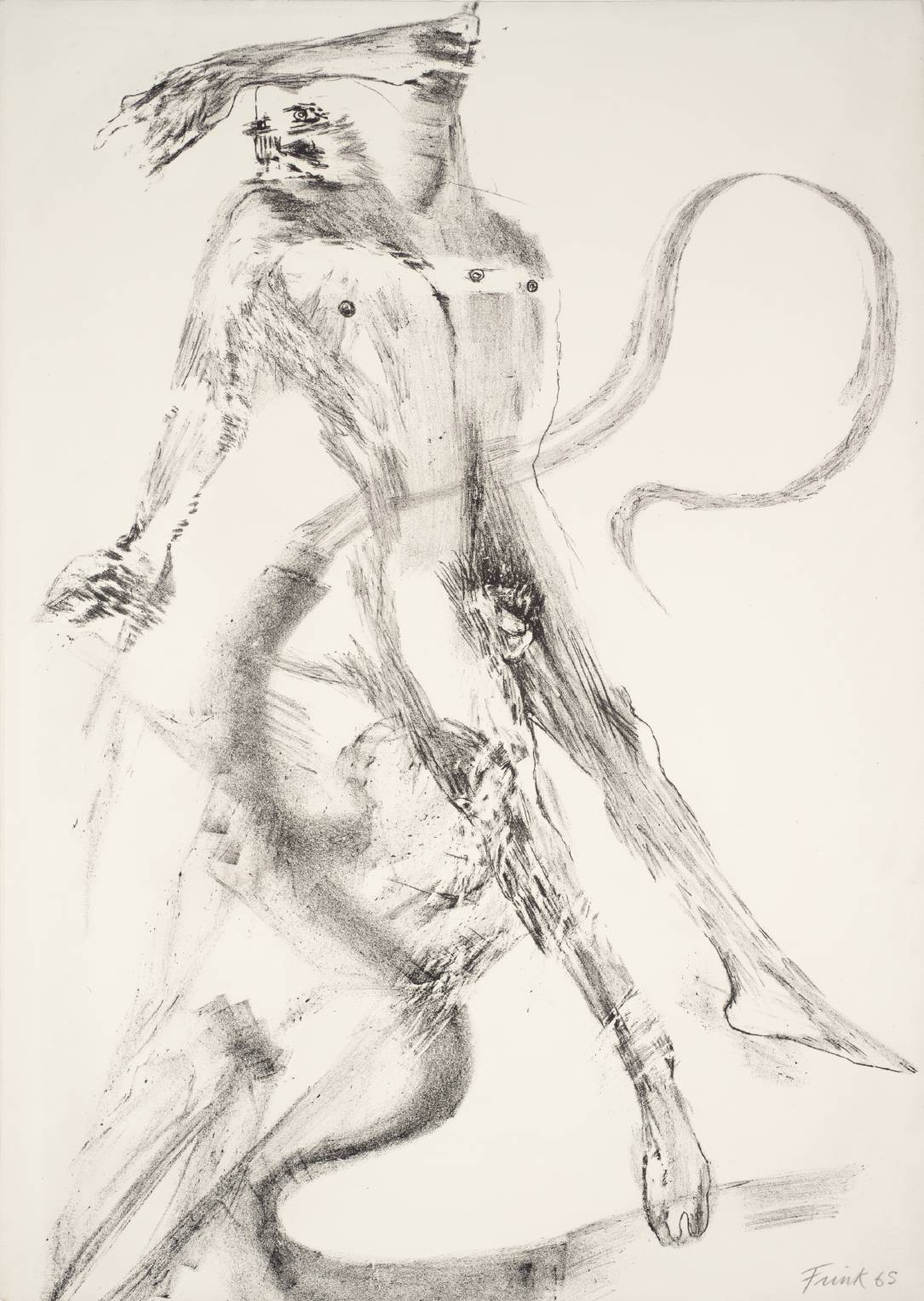
You've viewed 6/18 artworks
You've viewed 18/18 artworks

